#ebird
Explore tagged Tumblr posts
Text

NOW YOU CAN SEARCH SPECIFICALLY FOR FREAKS
#birding#birds#bird photography#Macaulay Library#ebird#let's go birding#birdwatching#bird identification
6K notes
·
View notes
Text

Gray Catbird by Kristy Brig, ML609429271
#bird#birds#birb#bird photography#birdblr#birbs#borb#birbs of tumblr#birblr#cute birbs#ebird#i'm sorry i just had to share this guy with tumblr#he is too much
20K notes
·
View notes
Text

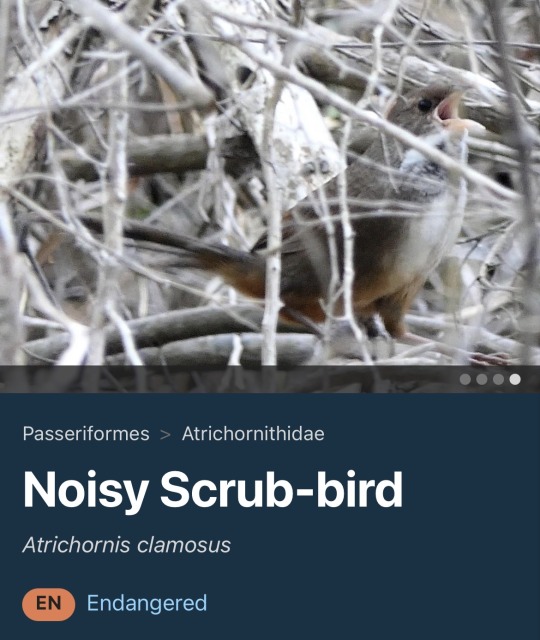
spent far too long laughing at this chaotic little guy. he is only ever either yelling or running around like a little freak
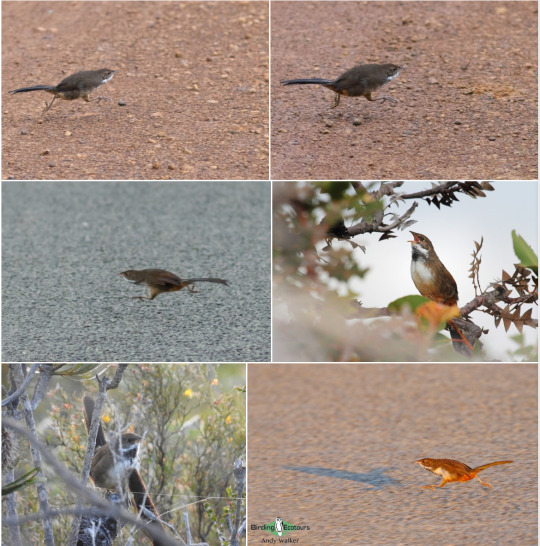
9K notes
·
View notes
Text
Ps. on ebird.org, there's a random bird generator button- go onto the explore species page, then find this button and click it a few times:

I would highly recommend doing this and RBing with the cool birds you pull up.
288 notes
·
View notes
Text
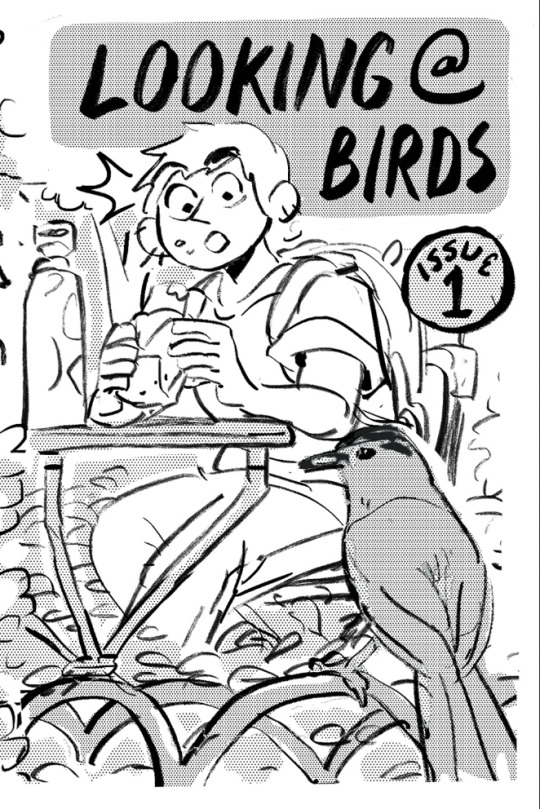


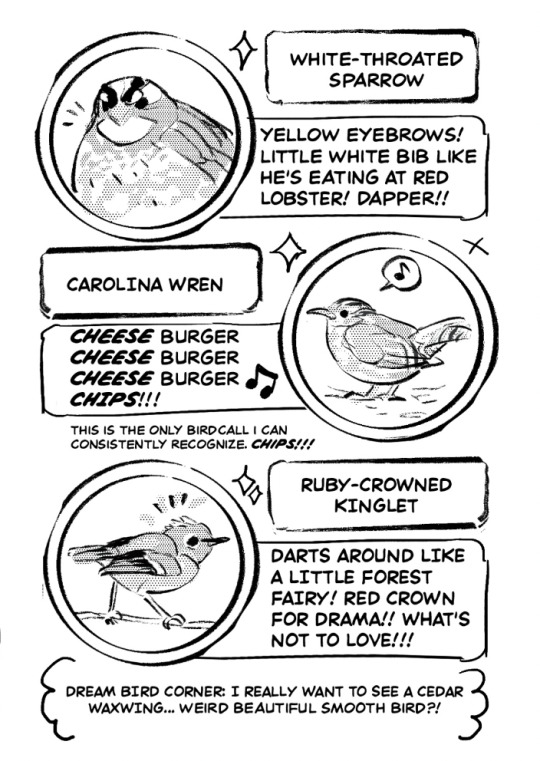
Here's a preview (half) of Looking At Birds # 1, a 1-pg-folded mini that I'll have this weekend at @micexpo! It's not for sale; you can only get it by trading me any 1-pg folded mini that you made yourself! I look forward to hearing about your favorite Boston-area birds 🦆✨
665 notes
·
View notes
Text

Biguá/Neotropic Cormorant
Nannopterum brasilianum
#asavesqueeuencontro#patricianicoloso#fotografia#animals#photography#fotografias#fotos#photographer#photos#foto#photograph#birding#birdlovers#bird#birds#birds adored#brazil#brasil#santa maria#rio grande do sul#ave#aves#ebird#global big day#global bird day#bird day#wikiaves#inaturalist#photo#passaros
30 notes
·
View notes
Text



So I had a famous first today--my first rare yellow-shafted flicker on the west coast! (Sadly, it was also my first deceased rare bird sighting.)
I was out hiking Powell Butte in eastern Portland, OR, and we came across these northern flicker (Colaptes auratus) feathers that had been freshly plucked by an avian predator, likely a red-tailed hawk (Buteo jamaicensis). Now, the flickers on the west coast south of Alaska are usually red-shafted subspecies, with red undersides on the tail and wing feathers, and a red moustache stripe on the cheeks in males. Yellow-shafted flickers, which are found in eastern North America and in Alaska, have yellow wing and tail undersides, and males have black moustaches as well as a red spot on the back of the head. I saw them all the time growing up in Missouri.
Birds don't always obey our stated boundaries, though, and intergrade flickers occur in areas where red and yellow populations overlap; these hybrids have varying characteristics of both parents. However, it is very unusual to see a yellow-shafted flicker in the Pacific Northwest, particularly south of British Columbia.
I checked eBird, and apparently Powell Butte has had a spate of sightings of a lone male in the past couple of weeks, to include as recently as yesterday. (My observation hasn't made it onto the map yet, though I did upload the photos as evidence--I rarely ever use eBird, preferring iNaturalist, so I'm not 100% sure how it works.) The number of sightings uploaded to eBird since the app launched is probably in the very low hundreds; there were 119 in Oregon as of 2015, but I haven't found a numbers update since.
The feathers I found were evidence of his fate as a raptor's lunch. There were more feathers than these, all from the wings, so it's highly unlikely that the poor bird made it out alive (though I'm sure the hungry hawk appreciated the calories, if not the rarity of its meal.) RIP, strange visitor.
#northern flicker#yellow shafted flicker#yellow-shafted flicker#birds#birding#birdwatching#woodpeckers#PNW#pacific Northwest#rare birds#eBird#Oregon#dead animal#animal death#cw animal death#death mention#feathers#birdblr
21 notes
·
View notes
Text
Feeding Birds to Connect to the Land—Instead of Checking Off a List

So I’ve alluded to my recently diagnosed (but have had forever) ADHD causing disorganization (a kind way of saying mess, a big fat MESS). But another sometimes problem, sometimes source of happiness, is hyper focus.
One of the first things I remember having this intense obsession with is birds. It lead to hours of enjoyment, but also frustration. My one visit to Cape May (a famous birding location on the Atlantic in New Jersey) was when my sister’s husband was stationed at McGuire AFB—all I really remember about it was that the weather was too bad to see much and a frantic, not fun race from place to place to place to find a new bird for my life list.
This was a birding Mecca—I couldn’t possibly leave without a new bird.
Yeah, I didn’t get a new bird, just a bored and frustrated family who lived across the country from me. Little did I know that they would soon move again and that I would only see them every couple of years and I would never really have a relationship with my niece and nephew after that. What a waste.
Like many things I hyper focus on, after a chunk of time I slowly lost interest. I went from taking the ornithology class at my local university for fun, obsessively dragging my husband to wild life sanctuaries while logging information every day, to logging onto ebird on those rare occasions when I wasn’t looking for new birds anymore, but one would accidentally fall into my lap.

Case in point—yesterday I saw a brown headed nuthatch, a not uncommon bird, but infrequent in my area. I felt that old excited tingle. A new bird. Must list. I spent 20 minutes trying to hack into my ebird account which was under an old email. When I finally got in, I realized I hadn’t logged in in 8 years, when I had speculated that the blue bunting I was recording had been blown off course in the storms the night before.
Over the years, I’ve developed a healthier relationship with my bird friends. Other than the once in nearly a decade urge to record a new bird, I do other things than list. I embroider amulet bags for feathers I find. Taking days to think about THAT bird, to study art and folklore about it—instead of racing to the next bird.

I feed the birds. An offering to them is an offering to the space in which I reside, an acknowledgment that I share this space with other living things.


One of my bird friends is the local great blue heron. I sat and watched this one for half an hour one day and as it preened itself, the downy little feather in the picture to the left, falling into the water and slowly drifting right to me. I designed the little amulet bag from a Chinese folk pattern of a crane.


Another bird friend is the wren, who if you explore the tags on my tumblr, you will see I’ve been working with for years. The one pictured above, nested in the hanging plant on the front porch for several years. I found the feathers in the other picture on our sidewalk and based the design on the amulet bag on the folktale of the wren catching a ride nearly to the sun on the eagle’s back.

The primal screams of our red shouldered hawk pair (who I’ve named Freya and Freyr), always make me stop and be present in the moment.

Once or twice a winter we spot a gaggle of turkeys wandering out of the pines to the side of our property, only to wander back into the woods after we’ve all run to the window, the dogs barking and my camera clicking to commemorate the rare sighting.

One of the feathers that is common in pictures of my altar is this turkey feather (striped to the right of the icicles).
One of the birds that I feel the strongest connection to, but have never actually seen, is the Chuck Will’s Widow, a night jar, who I know by its song—which I’ve come to see as a herald of Hexennacht, and early summer, as we begin to hear it mid to late April.
Here is a video I recorded of a Kupala/Midsummer ritual in 2022 with it calling in the background.
So, now that I’ve been diagnosed and am starting to be more aware of my behaviors and how they can lead to a sense of frustration and unhappiness, I know I will continue to feed the birds—but IF I decide to use my reactivated ebird account, it’ll only be to record 5 minute observations at the feeder once or twice a week, or to record when I saw that gaggle last week—NOT to reignite obsessive behaviors.
Edit: a funny side note—my husband @ofleafstructure still remembers family names of different bird groups and how they are related to each other from quizzing me over and over with the index cards I made during the ornithology class (at the time this obsessive nerd had the highest grade ever on the lab practical). Something about birds will come up in conversation and he’ll start relating bird facts and I’ll be like . . . ummm . . that sounds kinda familiar? 🤪
#adhd#birding#birdwatching#lists#ebird#obsessive behavior#hyper focus#red shouldered hawk#wren#Carolina wren#Turkey#chickadee#titmouse#Chuck wills widow
20 notes
·
View notes
Text
youtube
Excerpt from this story from EcoWatch:
North American bird populations are plummeting, especially in drylands, grasslands and the Arctic where they have historically been most abundant, new research has found.
The analysis of almost 500 species of NorthAmerican birds indicates that three out of four species are suffering declines across their ranges, with two in three shrinking significantly.
“We’re not just seeing small shifts happening — we’re documenting populations declining where they were once really abundant,” said lead author of the paper Alison Johnston, an ecological statistician who was formerly with the Cornell Lab of Ornithology and is now director of the Centre for Research into Ecological & Environmental Modelling at Scotland’s University of St. Andrews, as the Cornell Chronicle reported. “Locations that once provided ideal habitat and climate for these species are no longer suitable. I think this is indicative of more major shifts happening for the nature that’s around us.”
Of the species the researchers examined, 83 percent were losing more of their populations in places they were most plentiful.
The team at the Lab of Ornithology analyzed birdwatchers’ observations of 36 million birds shared in the lab’s eBird program, as well as environmental variables derived from satellite images of 495 North American bird species from 2007 to 2021.
“We’ve known for several years that a lot of bird species in North America have been declining. With this study, we were aiming to understand in much finer spatial resolution where birds were declining and where they might be increasing. Rather than having a range-wide trend to see if a species is going up or down, we want to know where it is going up and down,” Johnston said, as reported by The Guardian.
The stark findings followed the recent United States’ State of the Birds 2025 report, which found declines in bird species across nearly every biome in the country, the Cornell Chronicle reported.
The research team said additional studies would be necessary to explain the causes of the declines, with populations falling by over 10 percent annually in some areas. Habitat changes and global heating were posited as the main theoretical causes, but the researchers ultimately didn’t know, Johnston said.
The research featured recent trends in bird populations at scales of 16.78 square miles — the smallest ever attempted for a study covering such a big geographic area.
“This is the first time we’ve had fine scale information on population changes across such broad spatial extents and across entire ranges of species. And that provides us a better lens to understand the changes that are happening with bird populations,” said Amanda Rodewald, a professor in the Department of Natural Resources at Cornell, as well as the faculty director of the Center for Avian Population Studies at the Cornell Lab of Ornithology, as reported by the Cornell Chronicle.
12 notes
·
View notes
Text
i love being a scientist scientist in one field and a citizen scientist in another, lmao. looking at my own research and thesis gives me a crisis, but at least my stress walks and procrastination give bio/enviro people a bunch of photos/observational data for their own work :')
#it's also particularly nice to just collect data and tag it without having to worry about any of the more stressful/difficult part of#research and analysis#zip quips#inaturalist#ebird#citizen science
14 notes
·
View notes
Text
went out to try adding to the great backyard bird count and discovered a red-tailed hawk nest really close to me!! so exciting, I can't wait to watch it build and grow (。>ᴗ< )
#great backyard bird count#starting today for 4 days you just submit your bird counts to ebird!#I definitely wouldn't have noticed the nest as it is but I noticed the hawk and watched it for a minute#realised it was gathering sticks and then flew to the nest which was right there (ó﹏ò。)#amazing!!! life is beautiful#(ignore everything else for now haha)#not photography#birds#ebird
13 notes
·
View notes
Text
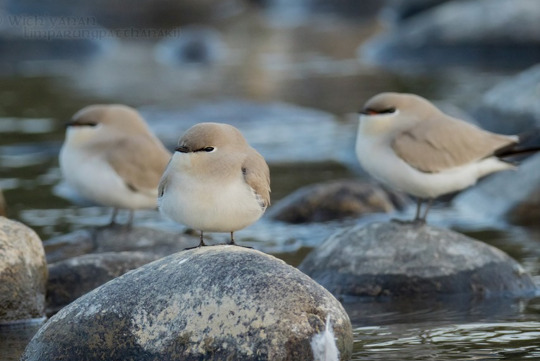
needed to share this eBird photo of the Small Pratincole. incredibly shaped things that look like they were made with AI prompts from 2019. smoothlings
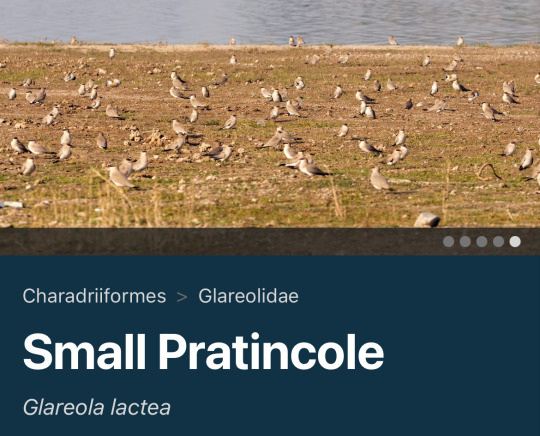
4K notes
·
View notes
Text




real life birds turned angry
13 notes
·
View notes
Text
Before I log out for the weekend, I wanted to remind everyone that the Great Backyard Bird Count starts today through February 17th! Merlin and ebird will count towards the numbers recorded during the GBBC! Get to birding!
#good news#birding#biology#ecology#environmentalism#gbbc#great backyard bird count#ebird#merlin#inaturalist
8 notes
·
View notes

